
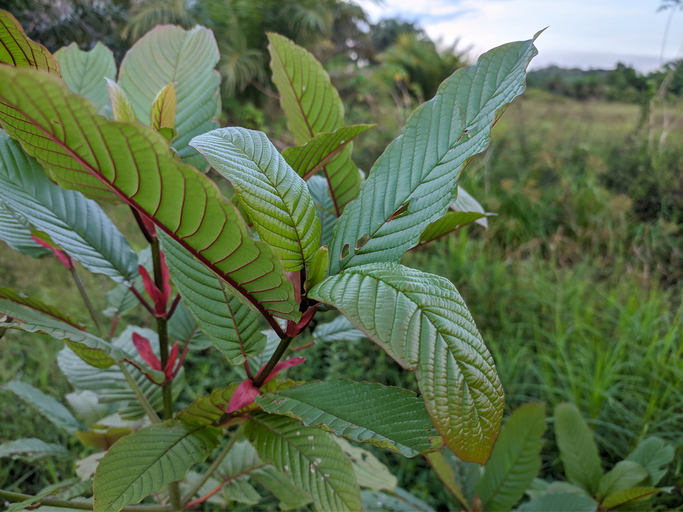
Kratom, scientifically known as mitragyna speciosa, has exploded in popularity in the United States and Europe in recent years. However, kratom is relatively new to “western” countries compared to its origins.
Which countries is kratom native to?
This plant is native to Southeast Asia, specifically Indonesia, Thailand, Malaysia, Papua New Guinea, the Philippines, and Myanmar. It is an endemic plant, meaning it is only found naturally in these parts of the world. Locals, including indigenous peoples of the land, have used kratom for centuries. It is a part of many traditions, including communal ceremonies, religious practices, and recreational uses. Kratom use is also very popular among workers, especially manual laborers, fishermen, and farm workers to improve productivity at work.
In Thailand, kratom, called “krathom” or “thom” in Thai, is traditionally used by chewing the raw, fresh leaves throughout the day, or by mixing it with a sweet drink to combat the bitter taste. In Malaysia, Kratom is known as “biak”. There, kratom is more commonly consumed in a solution by brewing the teas in hot water for several hours. In Myanmar, the dried leaves are ground into fine powder, and are chewed or made into a tea. Kratom is called ‘Bein Sa Ywek’, ‘Bai Lar’ and ‘Ahma Pharon’ in Burmese.
These traditional methods have been embedded into the cultures of many communities, villages, and indigenous groups for so long that kratom use is normalized in Southeast Asian countries, and does not have the same stigma as the United States.
Furthermore, it is customary to use kratom in its natural state. Outside of Southeast Asia, especially in America, the kratom market is saturated with kratom extracts, which is a product that extracts the mitragynine, the main alkaloid in kratom, from the natural plant using a chemical process. Newer products like kratom extract drinks, kratom gummies, and so on have started popping up in the market as well. These products are rarely found in kratom’s native countries. At Super Speciosa, the kratom powder used is always kept in its natural state, just like the natives of Southeast Asia have utilized it for centuries. All products only have one ingredient – pure mitragyna speciosa, no synthetics or additives are used.
Where does kratom sold in the United States come from?
The tropical climate of Southeast Asia creates the best conditions to grow kratom. Kratom is a tropical evergreen tree related to the coffee plant, and humid conditions with plenty of sun and rainfall are essential to its survival. Because of this environment, nearly all of the kratom sold in the United States comes from Southeast Asia, specifically Indonesia. In the last year or so (2021) there are a small number of startup businesses that have begun to cultivate kratom domestically in the United States. However, the production capabilities of these small operations are nowhere near what is needed to supply the American market.
Indonesia supplies about 95% of kratom around the world. Therefore, Indonesia has nearly monopolized the kratom market, as the global kratom industry heavily relies on Indonesia for its exports. According to the American Kratom Association, the kratom market in the U.S. is estimated to be $1 billion annually, with 10 to 25 million kratom users in the U.S. alone. These numbers are imputed based on export statistics from Indonesia. Since Thailand has recently changed its laws, the U.S. may start seeing more Thai kratom imports in the future. Currently, Indonesia is the only country exporting kratom on a commercial scale. Throughout the six years that Super Speciosa has been in business, all of the kratom used was only sourced from Indonesia. This may sound contradictory, since many kratom “strain” names include names of other regions and countries.
In the U.S. kratom market, consumers are faced with hundreds of different strains to choose from. Many kratom companies in the U.S. have strain names claiming the kratom is from other countries, such as “Green Vietnam”, “Red Malaysian”, “White Thai”, or specific regions of Indonesia, such as “White Borneo”, “Green Hulu Kapuas”, “Red Sumatra”, etc. The truth is, the kratom in the United States does not come from Vietnam, Malaysia, or Thailand, and there is no way of knowing what specific region the kratom was grown. These strain names are simply used as marketing tactics.
Based on anecdotal evidence, there have been reports on small amounts of kratom exported out of Malaysia and Thailand. However, on a commercial scale, Super Speciosa has never done business with farmers in these regions.
The kratom industry also meets at various trade shows and seminars throughout the year. At these meetings, open conversations are held between kratom businesses on what is going on within the industry. Super Speciosa participates in these trade shows and seminars since they opened for business in 2016, and has never heard of anyone that does significant business sourcing their kratom from anywhere other than Indonesia.
Kratom Grown in Indonesia
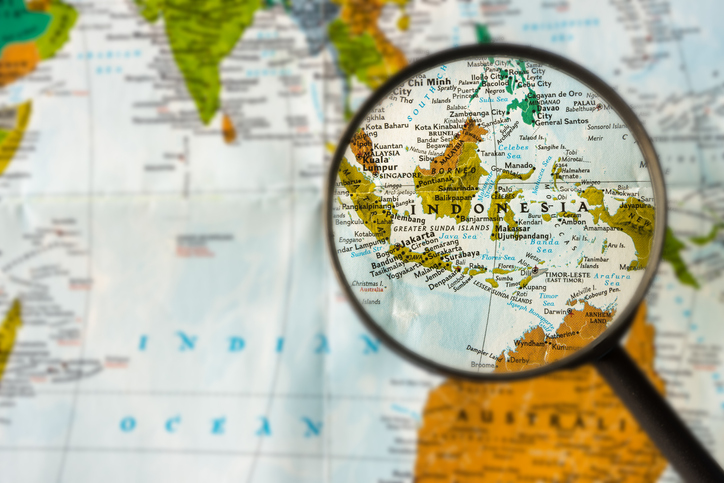
There are over 17,000 islands in the country of Indonesia, and kratom can be found grown throughout many of these islands. Most of the kratom exported to the United States, though, comes from the island of Borneo, specifically in the West Kalimantan province. Many kratom distribution company’s headquarters are located in Pontianak which is the capital of West Kalimantan. Pontianak is a major growing area for kratom and is believed to be exporting around 400 tons of kratom each month. Islands like Java and Sumatra are very population dense, so they are not ideal locations to cultivate and harvest kratom on a larger scale. The West Kalimantan province is home to many rivers, wetlands, rainforests, and even a national park where kratom is grown in the wild. It has a much smaller population density compared to other regions in Indonesia, and with the tropical ecosystem, makes it the ideal place to grow kratom. To get to these remote locations, you must fly to Jakarta, then ferry to the port near Pontianak and then riverboat to the jungles where kratom is grown and processed. It’s not well suited for traveling – there are no hotels, running water, electricity, etc. in the areas where kratom is grown. It is more common for farmers in these regions to harvest the kratom grown in the wild than to grow it on a private plot of land. Kratom is a major cash crop in these regions, and many locals depend on it for their livelihood.
How is it shipped?
After the kratom is harvested from the farms of Indonesia, the leaves are dried. Green vein kratom strains are dried outdoors in the sun, while red vein kratom strains are dried indoors. Dried leaves typically have a shelf life of two years so it is well preserved. Once the kratom leaves are dried, they are ground into fine powder or crushed into smaller bits like tea. Then, they are sealed in vacuum packs and shipped out to the United States by the ton. Commonly they are shipped in either small 1 kg vacuum seal style bags that are unmarked, or large 20 to 25 kg boxes. Super Speciosa receives the powder and tea on pallets and processes them under a strict, quality controlled environment, testing for any contamination that may have happened during the harvesting and shipping process. Read more about how Super Speciosa processes their kratom here.
Legalities of Kratom in Southeast Asia
Although kratom is native to Southeast Asia, many Southeast Asian countries have banned commercial distribution of this plant. In Vietnam, Malaysia and Myanmar, kratom is illegal, even though kratom use is incorporated in the daily lives of many indigenous communities. Kratom was banned in Thailand as well up until last year when the laws were changed. Despite the ban, kratom use is still very popular in these countries, and is relatively accessible. This is mainly why Indonesia is the main source of kratom exportation due to their laws around kratom cultivation and export.
Despite the world kratom market relying heavily on Indonesia for its kratom exports, there were reports made back in 2019 that Indonesia was planning to ban kratom by 2022. The National Narcotics Agency also known as BNN states that kratom cultivation and exportation would be completely banned in 2022, and the farmers who rely on kratom as a cash crop would have to choose a different plant to grow and harvest. The BNN of Indonesia is equivalent to the Drug Enforcement Agency in the United States. In August 2020, the head of BNN in the West Kalimantan region of Indonesia, Brigadier General Suyatmo, stated there are no regulations regarding kratom and that it will remain legal. The ban was postponed until 2024, and Suyatmo stated that kratom research will continue until the deadline. Even the governor of the West Kalimantan region, where most of the kratom is harvested on a commercial scale, advocates for kratom and urged the Indonesian president to not ban kratom. As of February 2022, kratom has not been banned in Indonesia.
If kratom was banned in Indonesia, it would be devastating to the world kratom industry, since most of the world is reliant on Indonesia’s kratom exports. It would mean that supply to the United States and beyond would essentially be cut off. Furthermore, banning kratom in Indonesia would hurt the local economy. Many officials in Indonesia have advocated that this plant helps locals financially in the regions it is grown and harvested. In addition to its economic benefits, kratom has shown to have a positive environmental impact in its native regions. Millions of kratom trees are planted in Indonesia alone. A kratom ban in Indonesia would mean acres and acres of trees destroyed, hurting the natural ecosystem.
On the contrary, Thailand recently legalized the use of kratom. Kratom was first banned in Thailand in the 1943 Kratom Act. After nearly eighty years of kratom being illegal, Thailand officially passed a law on September 8th, 2021, which removed kratom from the Narcotic Drugs Act and allowed the cultivation, use, import and export of kratom. This event was happening alongside the potential international ban of kratom by the World Health Organization. This was ultimately overturned when WHO’s Executive Committee on Drug Dependency decided not to call for the international ban.
Kratom repression in Thailand has a gruesome history, where in the beginning of the century, under the rule of Prime Minister Thaksin Shinawatra, there were many judicial killings over kratom. Kratom cultivation and use was prevalent in the Malay Muslim community in Southern Thailand, and these harsh laws became an excuse to target these communities. Thousands of arrests were made until this ban was finally lifted. Justice Minister Somsak Thepsuthin proclaimed that thousands of these cases will be dropped and 121 inmates will be released.
Experts see the kratom market in Thailand growing exponentially due to its legalization, and Thai kratom is already making its way to the United States. Although Super Speciosa’s kratom is still exported from Indonesia, Thai kratom may potentially be used in the future.
Thailand legalizing kratom is a landmark in kratom history. It is expected that other countries will follow in its footsteps in the next 5-10 years. As kratom becomes more and more popular, other countries are becoming more interested in participating in the market and view kratom exports as a potential to boost their economies.
Growing kratom outside of SE Asia
Since kratom popularity has exploded outside of Asia, many kratom connoisseurs started to grow their own kratom, even in the United States. However, it is a difficult task since it is very hard to mimic the tropical conditions of Southeast Asia. Despite this, people have taken on the challenge, even sharing their kratom-growing journey on Reddit groups like r/KratomGarden. In the United States, Florida seems to be the ideal location for growing kratom, with its humid conditions. However, due to cold fronts, it can still be difficult to cultivate. Some people have grown kratom indoors, hydroponically in controlled temperatures.

South and Central America may become a potential destination for kratom cultivation, especially in the Amazonian forest, where the environment closely reflects Southeast Asia. With the humid, tropical climate as well as both ample rainfall and sunlight, the Amazon rainforest could be an ideal location to grow kratom even on a commercial scale. It will help with local economies there, as well as decentralize the kratom export market from Indonesia. Right now, the world depends heavily on Indonesia for its kratom. In the worst case scenario, if kratom is banned in Indonesia, it would disrupt the kratom industry and could be detrimental. As of now, Argentina is the only country that has banned kratom. Growing kratom in Latin American countries would help expand the market and ensure the supply of kratom for years to come.

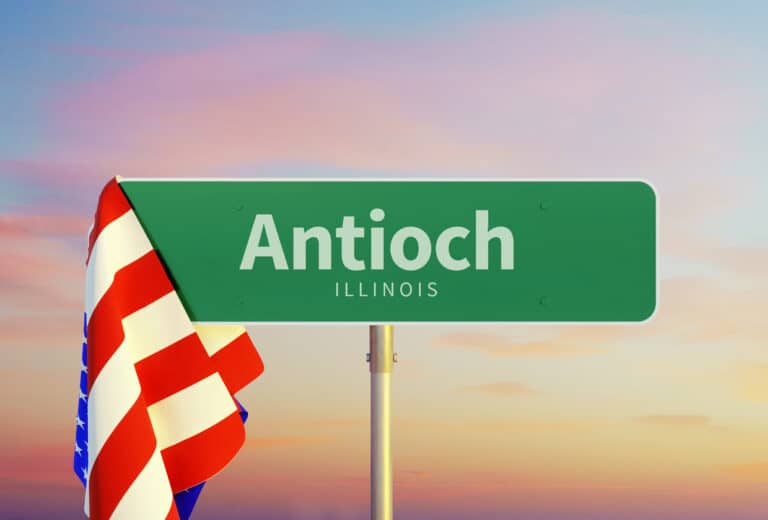


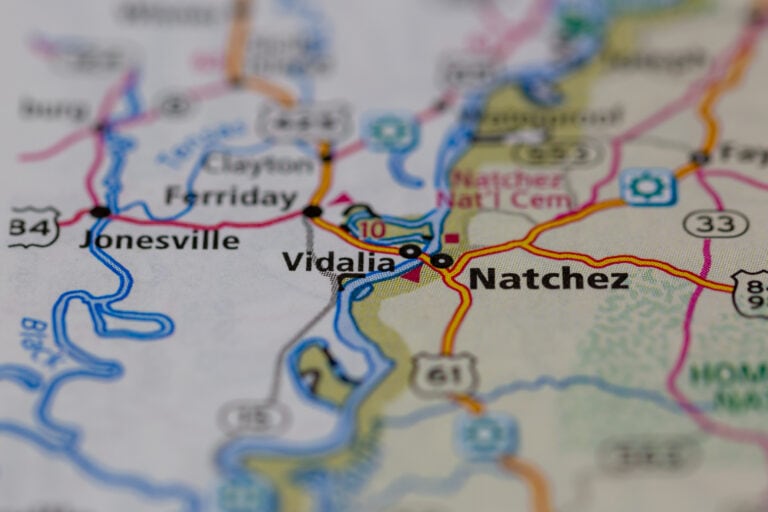

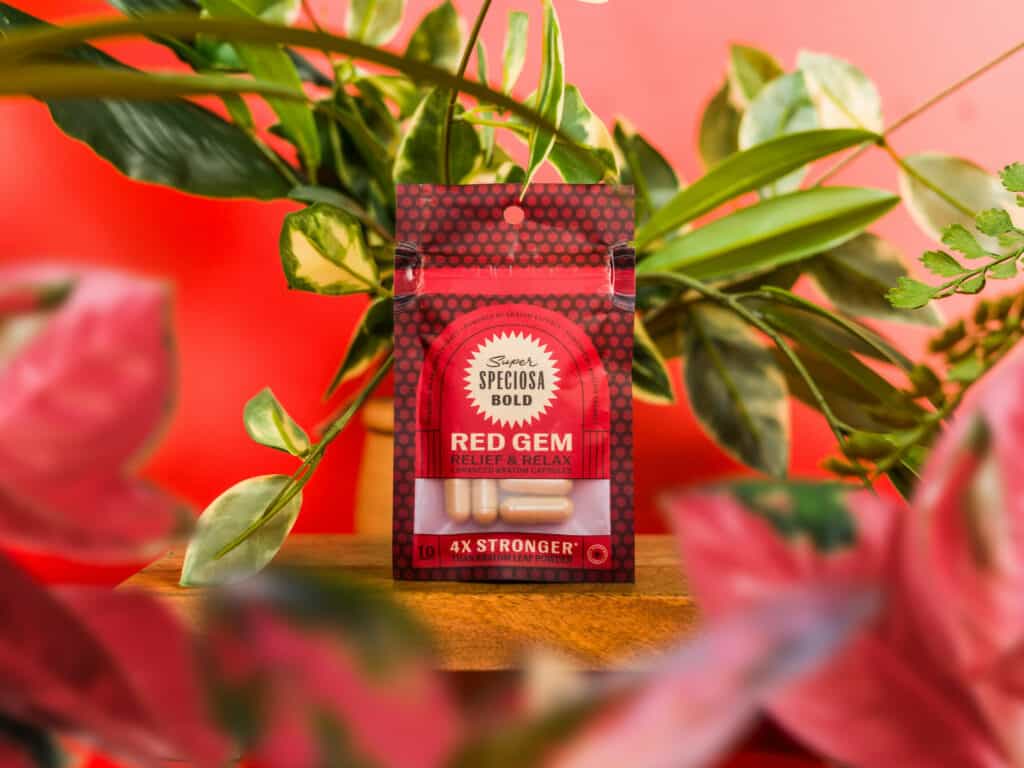
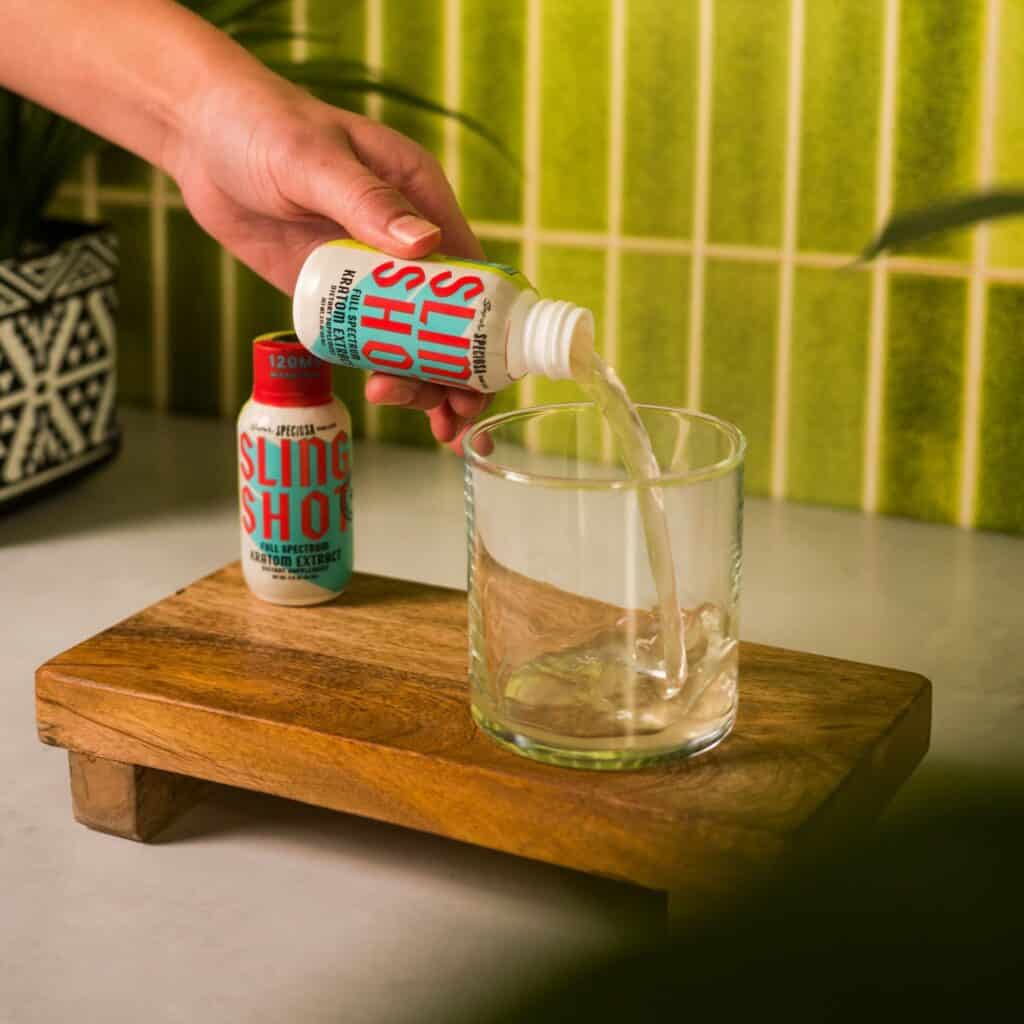
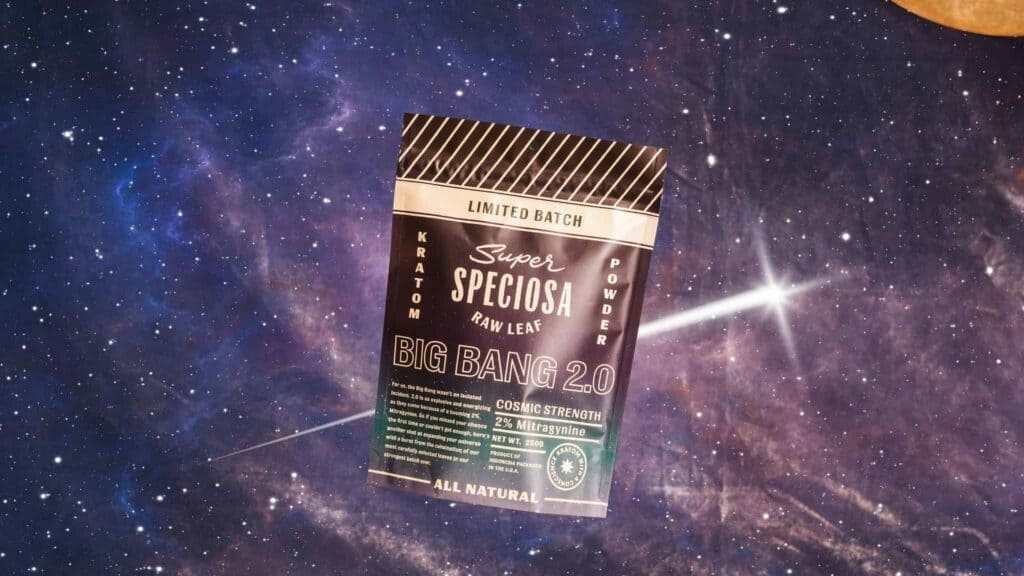
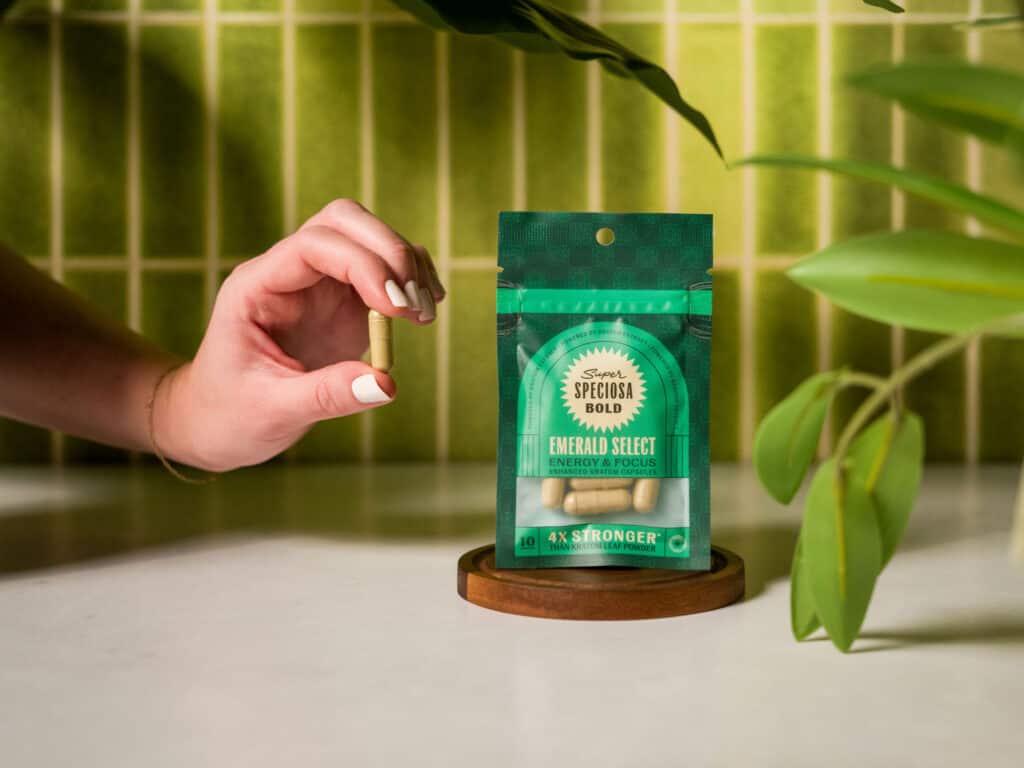
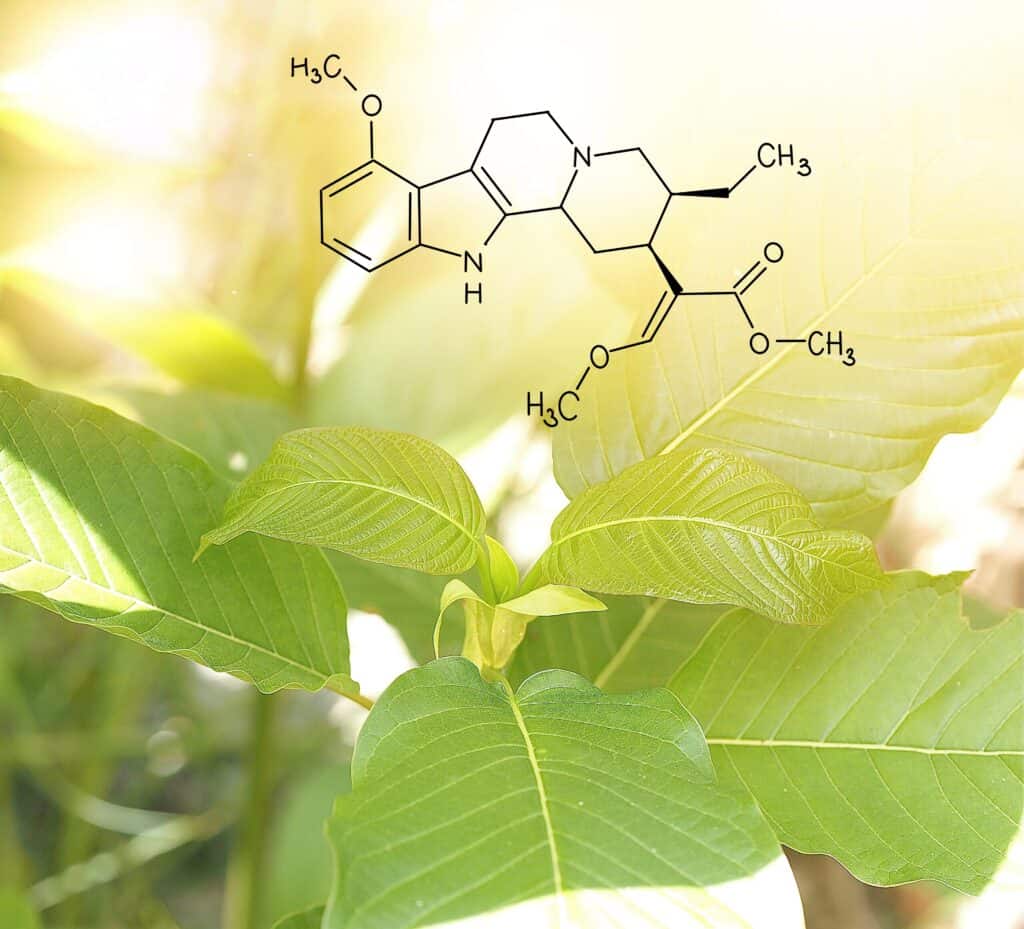
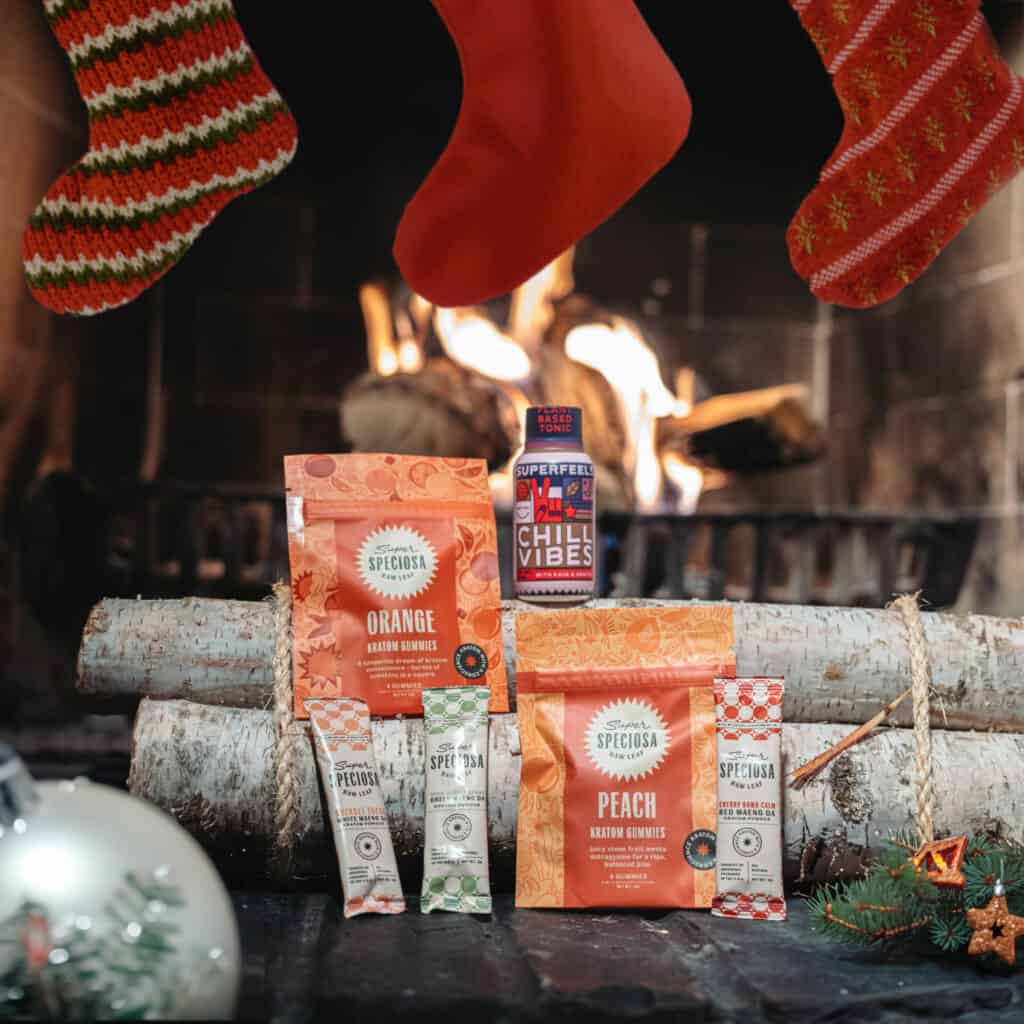
These statements and products presented on this website have not been evaluated by the Food and Drug Administration FDA. The products mentioned on this website are not intended to diagnose, prevent, treat or cure any diseases or health conditions. Therefore any information on this website is presented solely as the opinions of their respective authors who in which do not claim in any way shape or form to be medical professionals providing medical advice. SuperSpeciosa.com and its owners or employees cannot be held responsible for, and will not be liable for the inaccuracy or application of any information whatsoever herein provided. By purchasing our products you agree that you are aware and in compliance with your local county, state, or federal regulations. Must be 21 years or older to purchase Kratom. The US FDA has not approved kratom as a dietary supplement. We do not ship to the following states, cities and counties in the US where Kratom is banned: Alabama, Arkansas, Indiana, Rhode Island, Vermont, Wisconsin, Sarasota County, FL, Union County, MS, San Diego, CA, Jerseyville, IL, Oceanside, CA, and Ontario, OR. Furthermore, Kratom is also banned in the following countries where shipment cannot be executed: Australia, Burma, Denmark, Finland, Israel, Lithuania, Malaysia, Myanmar, Poland, Romania, South Korea, Sweden, Thailand, United Kingdom, Vietnam.
This product should be used only as directed on the label. It should not be used if you are pregnant or nursing. Consult with a physician before use if you have a serious medical condition or use prescription medications. A Doctor’s advice should be sought before using this and any supplemental dietary product. All trademarks and copyrights are property of their respective owners and are not affiliated with nor do they endorse this product. By using this site, you agree to follow the Privacy Policy and all Terms & Conditions printed on this site. Void where prohibited by law.
† These statements have not been evaluated by the FDA. This product is not intended to diagnose, treat, cure or prevent any disease.
Testimonials on this website are not intended as claims that our products can be used to diagnose, treat, cure, mitigate or prevent any disease. Read full disclaimer.
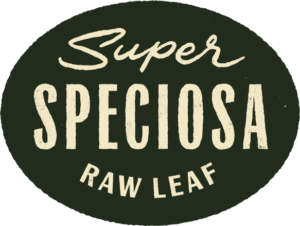
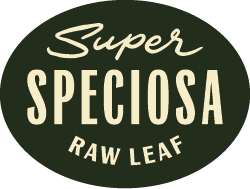
By submitting you agree to receive automated promotional messages. This agreement is not a condition of any purchase. See Terms and Privacy Policy. Frequency varies. Can opt out at any time.
There’s always something new happening. Enter your info below to get updates on huge deals, new products and special batch kratom releases.
By submitting you agree to receive automated promotional messages. This agreement is not a condition of any purchase. Message and data rates may apply. See Terms and Privacy Policy. Frequency varies. Can opt out at any time.